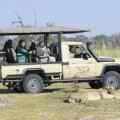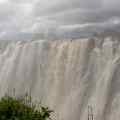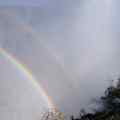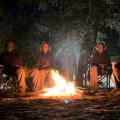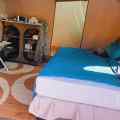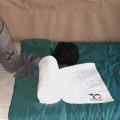About Botswana
Destination Botswana
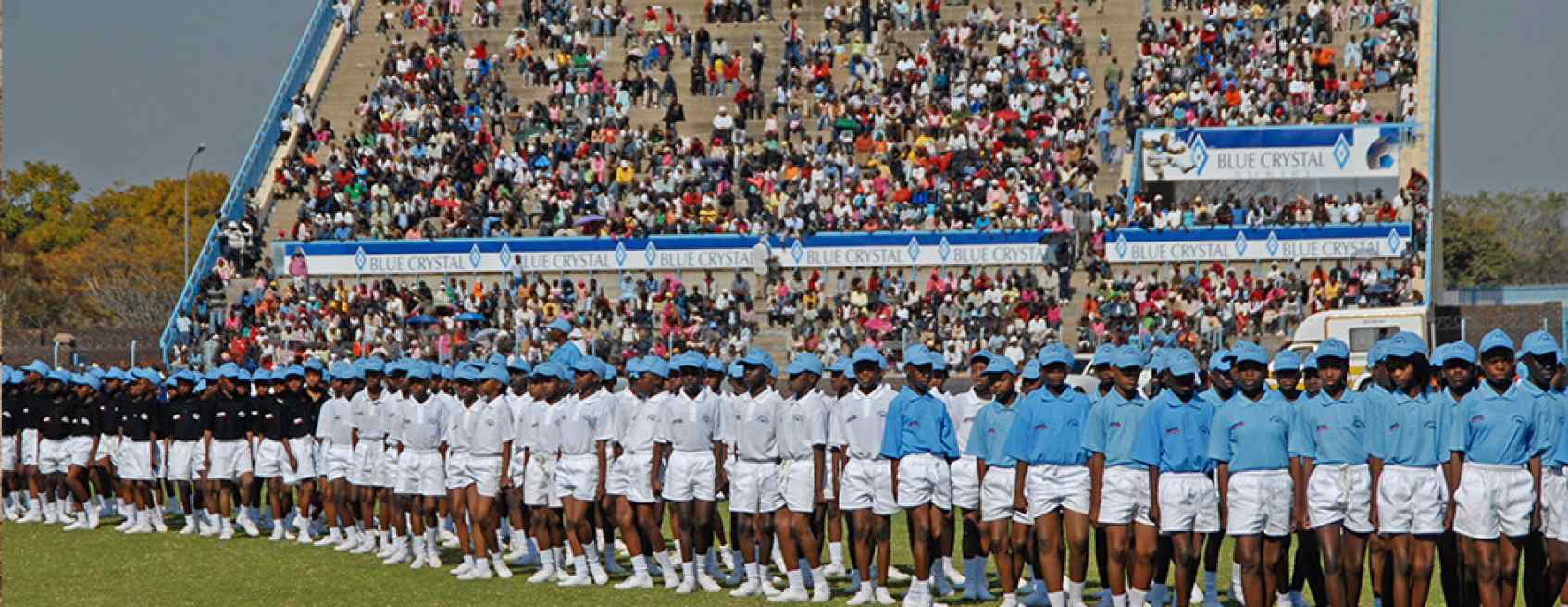
Botswana is roughly the size of France or Texas in USA found in Southern Africa. Its surface area is 581,730 square kilometre; it is entirely landlocked, bordered by its neighbours South Africa, Namibia, Zambia and Zimbabwe. 84% of the country is covered by Kalahari sand (Kgalagardi) Desert, the rest is swamp. Most of the population is settled in the east and south east of the country. The total population estimated for 2012 was 2 million growing at the rate of 2.4% per annum, the population is heavily weighted towards younger age groups. About 43% of the population is younger than 15 years of age, over a 50% of the population is settled in urban areas.
Urban Centres
Gaborone into the extreme south east is the capital city, its population is almost 350 000, it has good communications by road and air to neighbouring countries and far afield. Other main towns are Francistown (105 000), Lobatse (60 000), Selibe Phikwe (50 000), Ghanzi, Mahalapye, Maun and Kasane.
Climate summer December to March high temperatures average 30 degrees Celsius with the lows of 18 degrees Celsius and rain, particularly between December and March. Winter May to August day temperatures around 20 degrees Celsius with night lows averaging 5 degrees Celsius.
Botswana is very stable both politically and economically, the currency is called pula = 100 thebe. Pula meaning rain, Thebe meaning shield. Based on Diamonds, Tourism and Beef. Botswana pula is the strongest currency in Africa, the national language is Setswana the official language is English mostly spoken in offices.
The tribes are Bangwato who the founding father of Botswana, the first president of Botswana Sir Seretse Khama hails from, Bakgatla, Balete, Batlokwa, Basarwa (san/ bushman) who are the natives of the country, Bangwaketsi, Bakalanga, Batawana, Bayei found in the Okavango Delta, Basubiya found in the Chobe and many other tribes including ethnic tribes with different dialects of Setswana.
An outstanding features 900 meters above the sea level. The tropic of Capricorn bisects the country.
Botswana obtained its independence from Britain in 1966; in 1967 huge diamonds mines were discovered making Botswana one of the richest diamond producers in the world. Apart from diamonds, tourism is the major source of the income in the country and employs 45% of natives and foreigners.
The Okavango river comes all the way from Angola at the Angolan high lands about 2000 kilometers from Botswana known as the pan handle due to its shape flows in the land to form a 17000 square kilometers, inland delta the water covers a distance of 1 km a day because the country is flat and there is no current.
Swamps lagoons and wetlands teem with an abundance of wildlife from smaller amphibian to the big five animals.
The country Botswana is a land of deserts, diamonds and swamps, the unique Okavango Delta forms vast wild wetlands where the river spreads and then simply disappears into the sands. In the Okavango Delta lives a tribe called Bayei who in habited the area since 18th centuries, who introduced a mode of transport in a form of mokoro ( dugout Canoe they were traveling from one place to the other either fishing , hunting or visiting friends and relatives by using mokoro which they are still using to date.
It is made out of different trees such as sausage tree, jackal berry, morula even African mangos teen.
Botswana has many Game Reserves and National Parks such as Chobe National Park, Moremi Game Reserve, Central Kalahari Game Reserve (the home of the Basarwa/ san/ bushmen) and many others.

